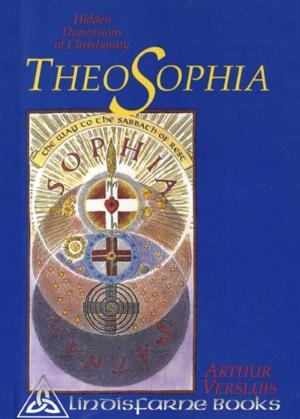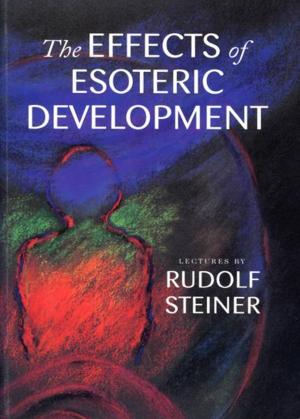The Apocalypse of St. John
Lectures on the Book of Revelation
Nonfiction, Religion & Spirituality, Bible & Bible Studies, New Testament, Criticism & Interpretation| Author: | Rudolf Steiner | ISBN: | 9781621511700 |
| Publisher: | SteinerBooks | Publication: | March 1, 1993 |
| Imprint: | SteinerBooks, Collected Works 104 | Language: | English |
| Author: | Rudolf Steiner |
| ISBN: | 9781621511700 |
| Publisher: | SteinerBooks |
| Publication: | March 1, 1993 |
| Imprint: | SteinerBooks, Collected Works 104 |
| Language: | English |
Initiation enables a person to see, understand, and communicate what may be observed with spiritual eyes. St. John's text arises from such an initiation. It addresses the fundamental questions of existence that every human being asks: Where are we? Where have we come from? Where are we going? And because it arises from esoteric Christian vision, it emphasizes the task of the individual: What am I, and what is my purpose now in this era of cosmic and human evolution? These talks by Rudolf Steiner unveil the mysteries of John's vision and show it to be a profound description of Christian initiation. As he says, "The deepest truths of Christianity may be considered quite naturally in connection with this document, for it contains a great part of the mysteries of Christianitythat is, the profoundest part of what may be described as esoteric Christianity". Steiner shows that the messages to the seven churches and the unsealing of the seven seals must be understood as an initiation text. Based on his initiation and on spiritual science, Steiner interprets John's insights into cosmic and human history. In this way, the spiritual images of John's writingthe twenty-four elders, the sea of glass, the woman clothed with the sun, the vials of wrath, the lamb and the dragon, the new heaven and the new earth, and the number of the beast all take on new meaning. Since the previous painful century has closed, these important words have even greater meaning and significance; readers interested in contributing their moral will to future generations cannot afford to pass them by.
Initiation enables a person to see, understand, and communicate what may be observed with spiritual eyes. St. John's text arises from such an initiation. It addresses the fundamental questions of existence that every human being asks: Where are we? Where have we come from? Where are we going? And because it arises from esoteric Christian vision, it emphasizes the task of the individual: What am I, and what is my purpose now in this era of cosmic and human evolution? These talks by Rudolf Steiner unveil the mysteries of John's vision and show it to be a profound description of Christian initiation. As he says, "The deepest truths of Christianity may be considered quite naturally in connection with this document, for it contains a great part of the mysteries of Christianitythat is, the profoundest part of what may be described as esoteric Christianity". Steiner shows that the messages to the seven churches and the unsealing of the seven seals must be understood as an initiation text. Based on his initiation and on spiritual science, Steiner interprets John's insights into cosmic and human history. In this way, the spiritual images of John's writingthe twenty-four elders, the sea of glass, the woman clothed with the sun, the vials of wrath, the lamb and the dragon, the new heaven and the new earth, and the number of the beast all take on new meaning. Since the previous painful century has closed, these important words have even greater meaning and significance; readers interested in contributing their moral will to future generations cannot afford to pass them by.















